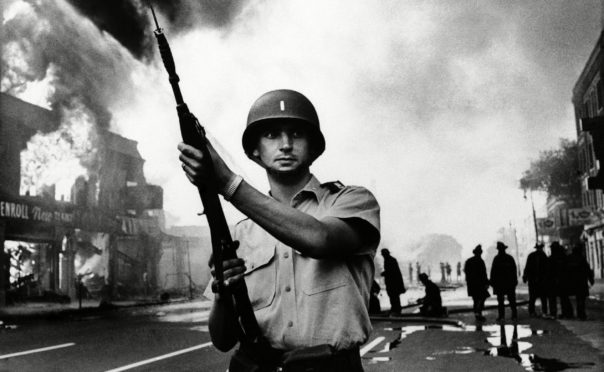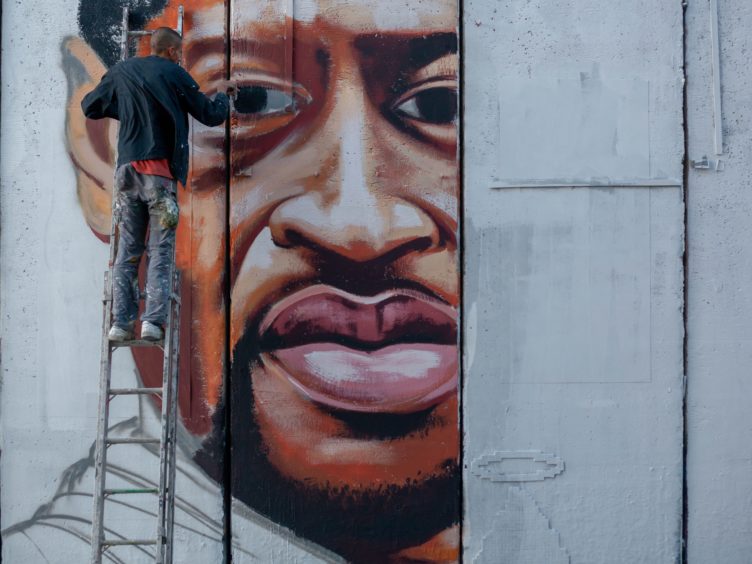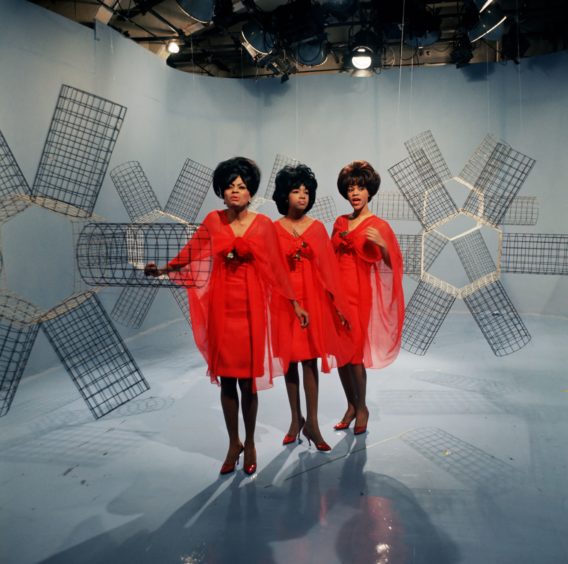
Writer Stuart Cosgrove remembers the race riots that engulfed the Motor City and says today’s protests are less violent but will have more impact.
The killing of George Floyd in Minneapolis and the wave of global protests that followed have been a stark reminder of the unfinished business of racial equality.
Last week, my book, Detroit 67, was reprinted for the fifth time at a time when, 53 years on, some of the most harrowing events I wrote about have a new relevance and resonance.
My book is about soul music but also about its social context and the bitter social divisions that tore American cities apart in the 1960s. Urban unrest, a failing war in Vietnam and racist policing erupted into full-scale riots, destroying the inner cities of Harlem, Newark, Detroit and Washington DC over a succession of long, hot summers.
Television was in its infancy and grainy back and white newsreels of Detroit on fire were among my first memories growing up as a curious teenager. But how do these events compare across history? There are many obvious similarities and yet many significant differences.
Although this may seem strange now in the emotional aftermath of George Floyd’s death, much of the reaction has been peaceful and really more considered than the conflagration that engulfed Detroit in 1967.
Although the masked figures protecting themselves from the Covid-19 virus appeared sinister, most protests have been dynamic and well organised. Others, like the recent destruction of the statue of the Bristol slave owner Edward Colston, were acts of theatrical symbolism rather than a threat to real people.
Detroit 1967 was quite different. It all began in the last weekend of a broiling inner-city summer, when police raided an after-hours drinking den and tried to arrest an unruly group of revellers.
A rumour spread that a man had been bayoneted by the police. It was untrue but just one of many hundreds of rumours that were to disorientate the authorities in the dramatic days to come. Bricks were thrown and then a salvo of beer bottles.
Riot spread like a virus across the city and by the time the disturbances were brought under control by 7,000 National Guard and US Army troops, 43 people were dead, 342 injured, and nearly 1,400 buildings had been burned to the ground.
Detroit’s mayor, Jerome Cavanagh, who was a young Irish American frequently compared to President Kennedy, surveyed the worst-affected areas in the days after the disturbances and told one newspaper: “It looks like Berlin in 1945”.
It was a dramatic exaggeration but there was a semblance of truth in the way he described the destruction of soul music’s greatest city.
Last week, many cities witnessed mass protests, tense stand-offs and dark nights of fighting, but the damage to people and property bears no real comparison to Detroit in 1967. If anything, the demonstrations that swept America were remarkable in their creativity and the way they used graffiti and street theatre to rage against racism.
The city of Minneapolis, where Mr Floyd was choked to death by a white police officer’s restraining knee, saw the most sustained nights of rioting, more than 330 buildings set on fire and an estimated $55 million of destruction to property and businesses.
However, emotionally and financially devastating that has been for local businesses, it is in marked contrast to the sheer pandemonium of Detroit in 1967, where most buildings were not covered by insurance, in a city where there was systemic discrimination in the property market.
Only a small number of firms offered mortgage or insurance cover to African Americans, and when the fires were doused, hundreds of livelihoods were destroyed.
However brutal and visibly shocking Mr Floyd’s death is to watch, it is something of a godsend that it happened in full view of camera phones. This meant that there was a record of the event and criminal charges have now already been filed.
Minneapolis has all but closed its current police administration and a movement to rebalance the city’s budget to invest more in youth services and mental health is under way. There will be a legacy.
This is in marked contrast to the hidden and unrecorded deaths of three teenage boys who were murdered by Detroit policemen on the last night of the riots in 1967.
A police patrol had been dispatched to a local hangout called the Algiers Motel after bogus reports of sniper fire nearby. In the carnage that followed, Carl Cooper, Aubrey Pollard and Fred Temple were killed. One of the dead boys had been shot in the face and his groin blown apart by police bullets.
George Floyd’s avoidable death has provoked worldwide outrage and a commitment to change that is in stark contrast to the brutal deaths of the young men who were killed in the darkness of Detroit.

Enjoy the convenience of having The Sunday Post delivered as a digital ePaper straight to your smartphone, tablet or computer.
Subscribe for only £5.49 a month and enjoy all the benefits of the printed paper as a digital replica.
Subscribe © CHINE NOUVELLE/SIPA/Shutterstock
© CHINE NOUVELLE/SIPA/Shutterstock © Fremantle Media/Shutterstock
© Fremantle Media/Shutterstock